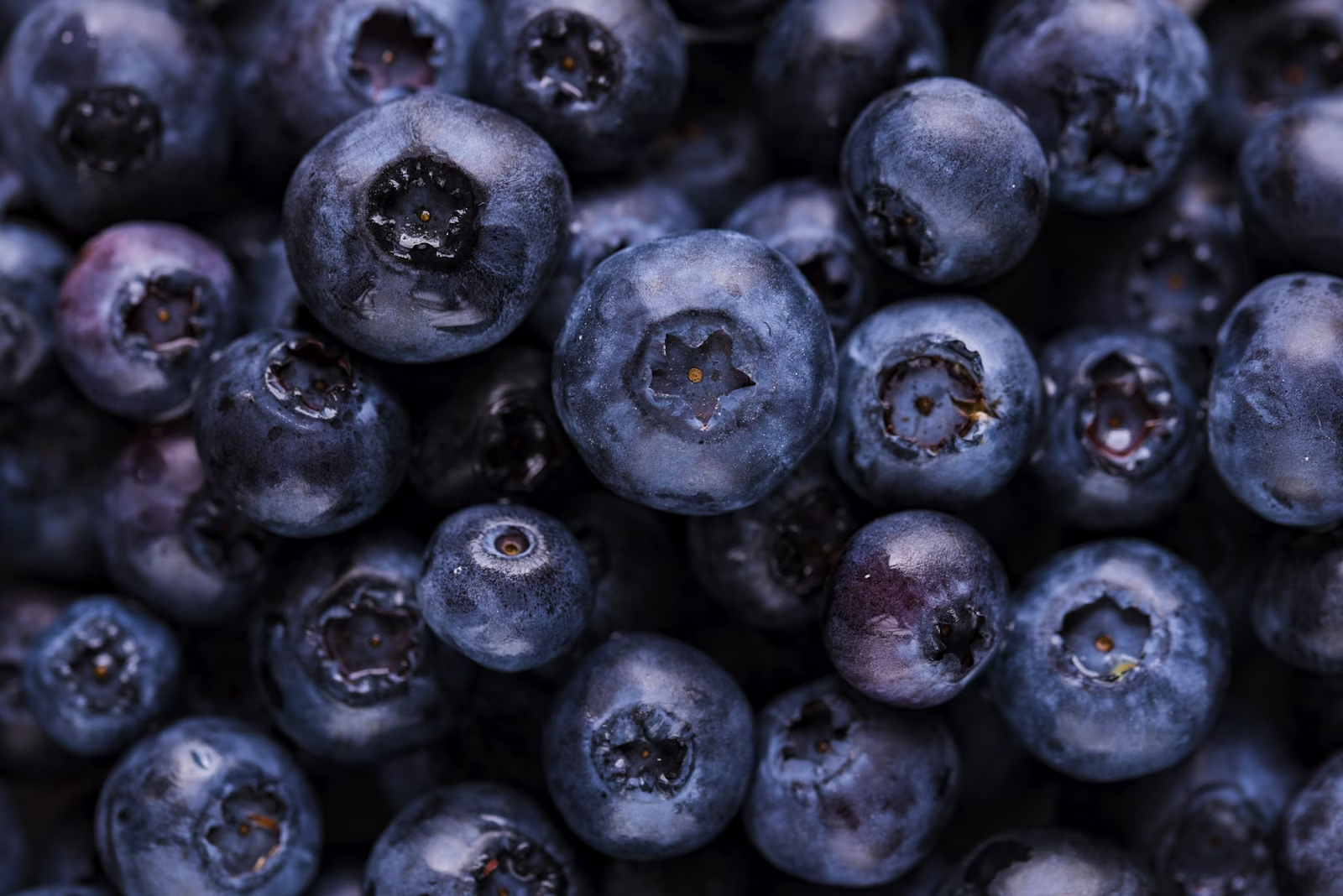
Healthy smoothies are a practical way to increase fruit, vegetable, and protein intake without complicated prep. When you blend thoughtfully—prioritizing a green smoothie base, using frozen fruits for texture, measuring add‑ins like whey protein, and choosing unsweetened plant‑based milk—you get a nutrient‑dense drink aligned with steady weight management. This guide avoids “miracle” claims and focuses on honest choices you can repeat daily, with short ingredient lists, clear portions, and make‑ahead tips for busy mornings.
Key concepts & benefits
Blended drinks can help you meet daily produce targets and, with adequate protein and fiber, keep you satisfied between meals. A simple rule of thumb: build each smoothie with 1 cup leafy greens, 1 cup fruit, 20–30 g protein, and 250–350 ml liquid. This combo supports fullness while keeping portions clear. Using frozen fruit reduces the need for ice and creates a thick texture without added sugars.
Evidence-based guides worth exploring: Harvard T.H. Chan—Nutrition Source and USDA MyPlate.
Step-by-step guide
Step 1 — Build a balanced base
- Greens (1 cup): spinach blends smooth; kale adds earthiness (remove stems).
- Liquid (250–350 ml): water, unsweetened plant‑based milk (almond, soy, oat), or light dairy.
- Healthy fats (1 tbsp): chia, ground flax, or peanut/almond butter for creaminess and satiety.
Step 2 — Choose flavors & frozen fruits
Keep a freezer box of mixed berries, mango, pineapple, and banana slices. Frozen fruit makes thick, ice‑cold smoothies that feel indulgent with fewer calories.
- Berry‑spinach “starter”: spinach, mixed berries, banana coin, oat milk.
- Tropical green: kale, pineapple + mango, coconut water.
- Chocolate banana: banana, cocoa powder, oat milk (works great with protein).

Step 3 — Add protein & fiber
- Protein (20–30 g): whey protein (whey isolate for fewer carbs) or unsweetened soy/pea protein.
- Fiber (1–2 tbsp): chia, flax, or oats. These slow digestion and boost fullness.
- Sweetness: rely on fruit; if needed, a ½ date or a dash of cinnamon/vanilla.
Step 4 — Blend, portion, and store safely
- Blend greens + liquid first for a silky base, then add fruit and powders.
- Target 300–450 ml per serving. If very hungry post‑workout, pair with a boiled egg or Greek yogurt.
- Refrigerate in sealed bottles for up to 24 hours. Shake before drinking. Avoid leaving at room temperature.
Tips, common mistakes & fixes
- Mistake: pouring too much liquid. Fix: start with 250 ml and adjust to texture.
- Mistake: adding multiple sweeteners. Fix: let frozen fruits do the heavy lifting; measure honey if used (1 tsp).
- Mistake: skipping protein. Fix: add measured whey protein or soy/pea protein for lasting fullness.
- Mistake: relying only on fruit. Fix: include greens and fiber to balance sugars.
- Pro tip: pre‑bag freezer packs (greens + fruit + oats) for a 30‑second morning routine.
Tools & recommended resources

- Blender: high‑powered helps with greens and seeds; bullet blenders are compact for small kitchens.
- Storage: BPA‑free bottles with tight lids for commute‑friendly portions.
- Trusted resources: Harvard—Healthy Weight; USDA MyPlate.
- From our site: MonetizeWorks Blog • Contact • Privacy Policy.
3 quick smoothie recipes (no fluff)
1) Everyday Green Smoothie
- 1 cup spinach
- 1 cup mixed frozen berries
- 1 scoop whey isolate (or pea protein)
- 300 ml unsweetened almond milk
Blend greens + milk first, then add the rest. Optional: 1 tsp chia for extra fiber.
2) Tropical Protein Shake
- 1 cup kale (stems removed)
- ¾ cup frozen mango + ¼ cup frozen pineapple
- 1 scoop vanilla protein
- 300 ml coconut water or soy milk
Bright, refreshing, and ideal post‑workout.
3) Chocolate Oat Breakfast Blend
- 1 small frozen banana
- 1 tbsp oats + 1 tsp ground flax
- 1 scoop chocolate whey or soy protein
- 300 ml oat milk
Cocoa powder deepens flavor without extra sugar.

FAQ
Are healthy smoothies good for weight loss?
They can fit a weight‑management plan when portioned and balanced. Aim for 300–450 ml per serving and include protein (20–30 g) plus fiber (chia, flax, oats). These slow digestion and reduce between‑meal snacking. Rely on fruit for sweetness and avoid stacking multiple sweeteners. Consistency matters more than novelty—use repeatable combos you enjoy and track how long they keep you full.
Is a green smoothie necessary every day?
No rule says daily. However, a green smoothie is a convenient way to cover a serving of leafy veg—especially on busy days. Rotate spinach and kale for variety; add herbs (mint, parsley) for freshness. If raw greens bother your stomach, blend more thoroughly or lightly steam and cool greens before freezing.
Which milk is best: dairy or plant‑based?
Choose based on taste, tolerance, and goals. Unsweetened plant‑based milk (soy/pea) usually adds a bit more protein than almond; dairy milk offers natural carbs and complete protein. Check labels for added sugar and fortification (calcium, vitamin D). Water works too if your protein powder already includes creaminess.
Should I use whey protein or a vegan option?
Both work. Whey protein (especially isolate) mixes smoothly and supports post‑workout recovery. If you avoid dairy, choose soy or pea blends with ~20–25 g protein per scoop. Start with half scoops if you’re new, and observe how you feel—smoothies should energize, not weigh you down.
Conclusion & CTA
Healthy smoothies are at their best when they’re simple, measured, and delicious. Keep greens, freezer fruit packs, and a protein you like; then repeat the basics with small flavor twists. Over time, those consistent choices make mornings easier and help you meet nutrition goals without fuss.
Want practical printables and new recipes? Join our newsletter on the MonetizeWorks Blog and grab our free Smoothie Starter Checklist.
Helpful links: USDA MyPlate • Harvard—Healthy Drinks